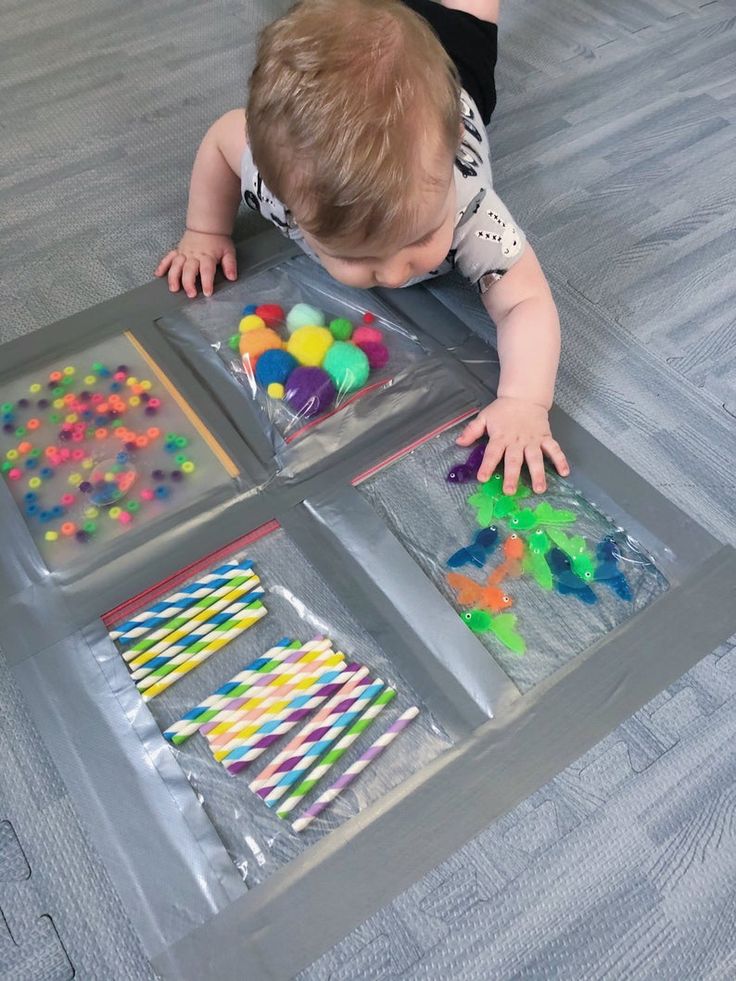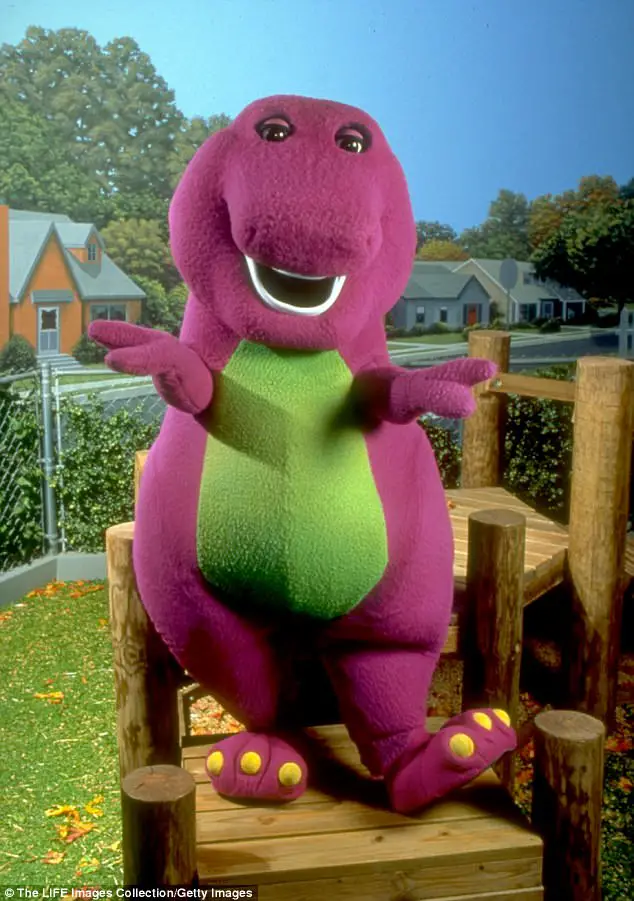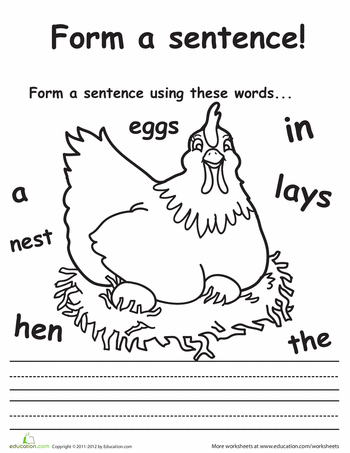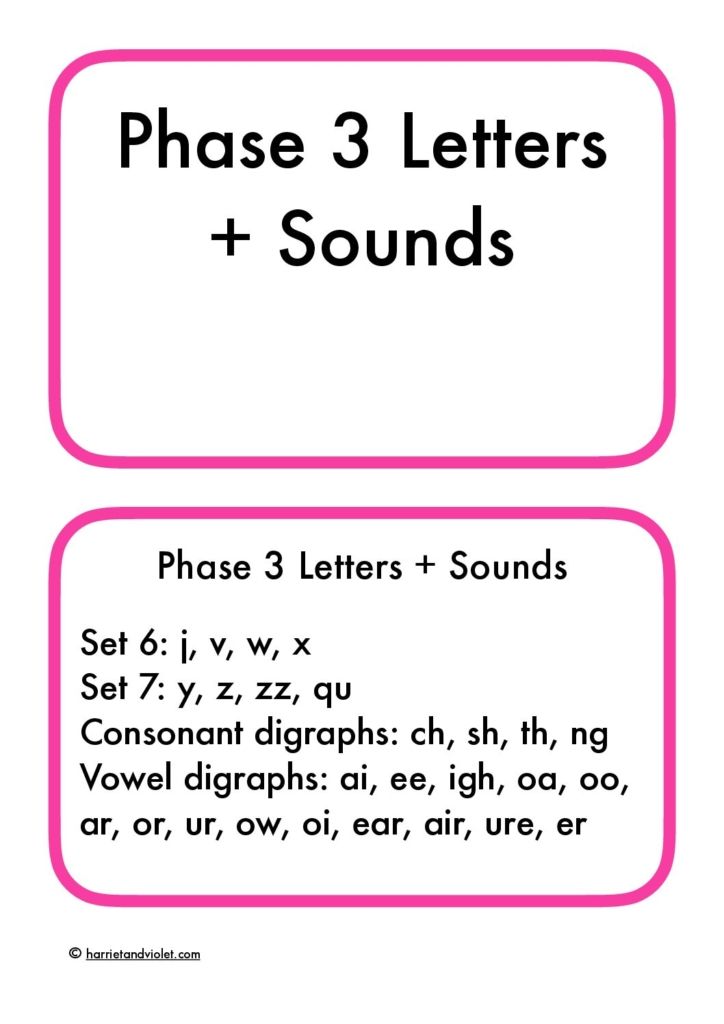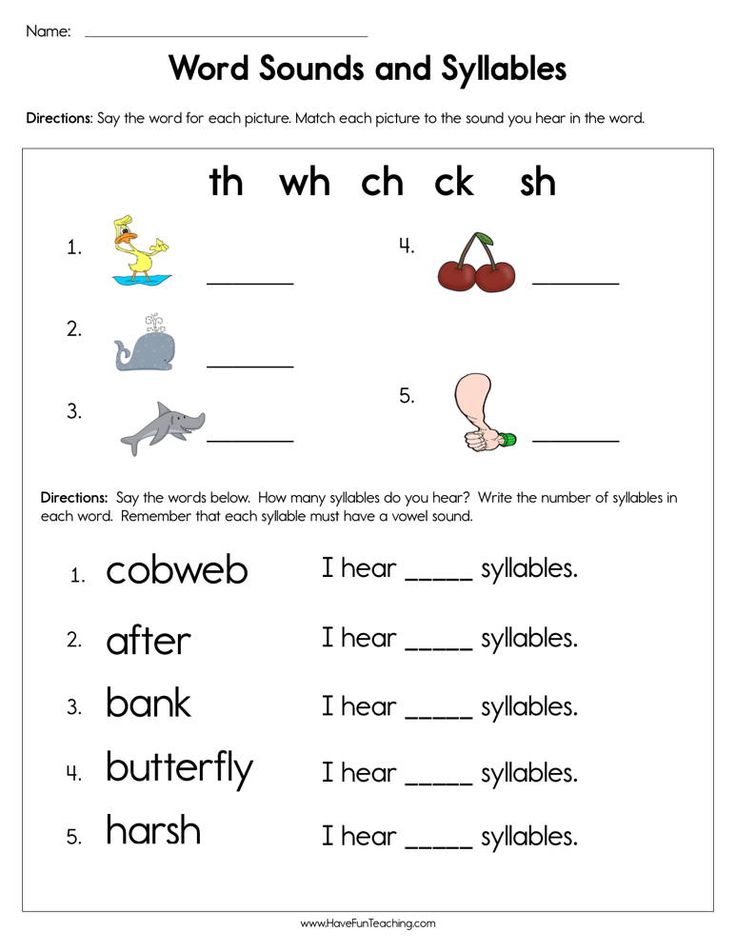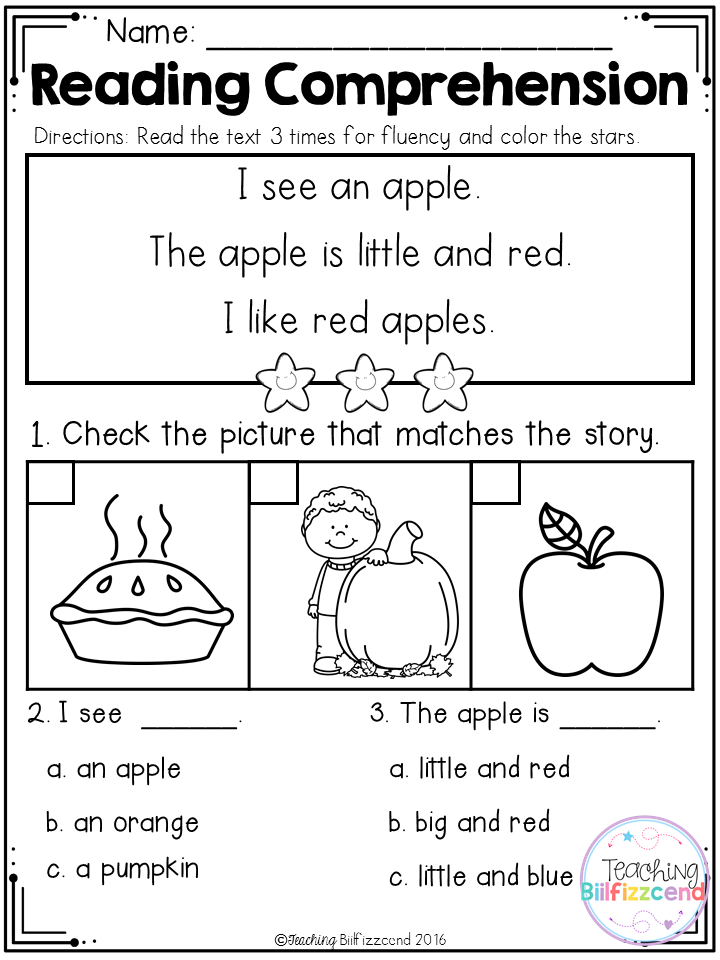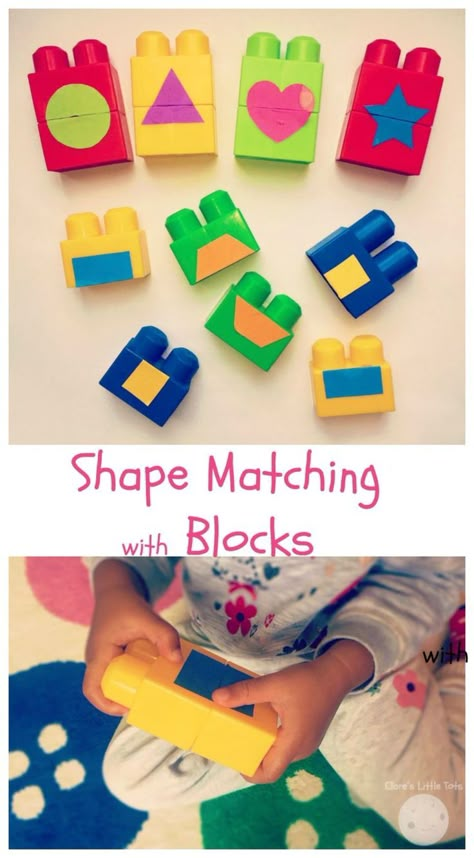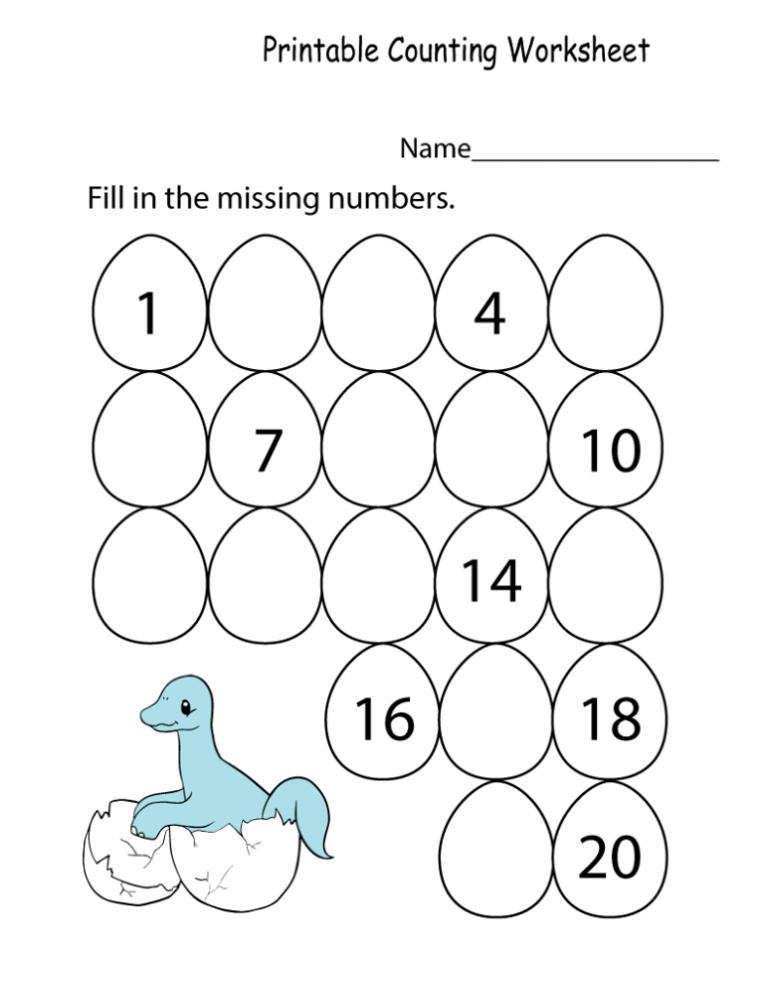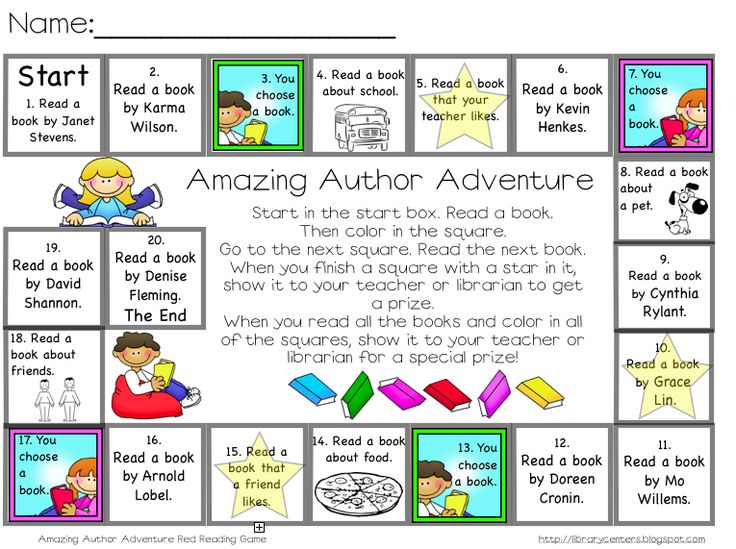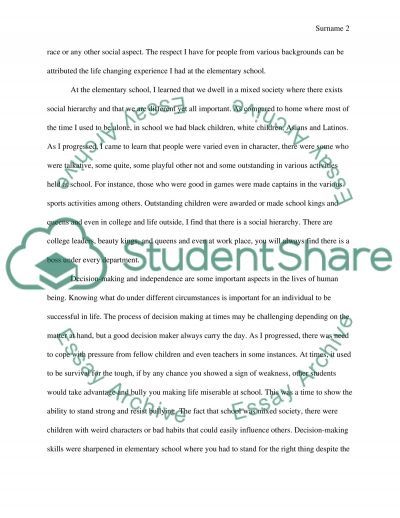Kindergarten reading levels assessment
4 Reading Assessments for Kindergarten and First Grade
As teachers, we all want to get to know our students at the beginning of the year. We want to know their likes and dislikes, what they love to do, and their strengths and weaknesses. One area we all need insight into is students’ reading abilities. When it comes to reading assessments for kindergarten and first grade students, we want to do more than just assess one area of reading.
While assessments can sometimes be intimidating or overwhelming, we need them to help grow our readers’ accuracy, fluency, and comprehension skills. Let’s explore why we need them and several different reading assessments you can do to better understand where your students are.
Why Do We Need Different Reading Assessments for our Kindergarten and First Grade Readers?
Our young readers are so much more than just a reading level, although knowing that is important as well. Teachers are often familiar with how to complete reading level assessments, but we need more than that. With the latest research in the Science of Reading, we’re learning (or getting confirmation) that young readers need explicit phonics instruction in a systematic way. If students can learn letter sounds and how they work together to create words, they can move forward in reading.
By completing several different reading assessments for kindergarten and first grade readers, you’ll get a bigger picture of what each reader is capable of as a whole. Then, results can guide your instruction to differentiate for the learners in your classroom. Additionally, you will have more opportunities to track progress in specific areas. You can see which areas students need more practice and review with.
1. Phonics Skills Assessments
Assessing students’ phonemic awareness and phonics skills is a great place to start with reading assessments. Mastering phonemic awareness is a key factor in reading readiness for little learners. No matter what reading level a child is on – pre-readers to high readers, they ALL have or need a strong foundation of phonemic awareness.
You can see if students are competent in the nine areas of phonemic awareness:
- Rhyming
- Segmenting Syllables
- Beginning Sounds
- Ending Sounds
- Medial Sounds
- Blending Onsets and Rimes
- Blending Phonemes
- Deleting Phonemes
- Segmenting Phonemes
Then, you can have students do a phonics skill assessment to check students’ understanding between letters and sounds. As students begin to match letters and letter combinations to the sounds they hear in words, they’ll use their phonemic awareness skills like segmenting and blending sounds to match the printed letter(s). So strong phonemic awareness skills can lead to strong phonics skills.
One simple phonics assessment is to have students read through a list of words that follow specific phonics patterns. For example, the list may have several cvc words, words with digraphs, words with blends, and words with long vowels.
You’ll easily be able to identify which areas of phonics your readers will need more support in.
2. Dictation Assessment
Dictation assessments are another type of reading assessment to complete for kindergarten and first grade. While dictation assessments technically involve writing, they’re a great way to see how students are processing what they have learned. Remember, reading is input and writing is output.
To complete a dictation assessment, ask students to write words or short sentences within certain phonics patterns to see if students understand how to do it. For example, to assess short /a/, ask students to write “A cat sat on a mat.” You’ll be able to see if students struggle with a specific skill.
3. High-Frequency Word Assessment
Learning high-frequency words does have a place in the classroom. Even with the new science of reading research, high-frequency words matter. How we teach them may need to change, but students still need to learn them. Why? Because…
By assessing and tracking students’ progress in master high-frequency words, we’re giving our readers a bigger bank of sight words to have to make reading easier.
I have two resources to help make this easier for you and your students to monitor: Kindergarten Sight Words and First Grade Sight Words
4. Guided Reading Level Assessment
Finally, knowing what guided reading level your students are on will help you know where to start in guided reading. Do guided reading levels have a place in the classroom? Yes! Guided reading levels are simply a system developed originally by Irene Fountas and Gay Su Pinnell to help organize reading skills and strategies so that readers are not overwhelmed. The goal of guided reading is to work within a child’s instructional level.
So, you’ll need to find each child’s guided reading instructional level. Your school may have an assessment kit that makes this is like a DRA Assessment Kit. If not, I have an assessment kit that’s super easy to use and makes assessing a breeze.
This all-inclusive assessment kit has:
- 26 books for Levels A-M
- 1 fiction and 1 nonfiction per level
- Books in printable and digital format to easily share on your learning platform
- Running records for each book
- Comprehension questions and a grading rubric
- Instructions for how to take and score the running record
- Teacher instructions for giving the assessment for both in-person and digital teaching
- Parent note/letter to send home or email for virtual assessing
- Datasheet to record data for the beginning, middle, and end of the year
FREE Reading Assessment Toolkit
By piecing all of these assessments together, you’ll have a solid, comprehensive picture of each student as a whole reader. All of these components matter and can guide your lesson planning and instruction to meet the needs of each student.
To help you get started, I created a FREE Reading Assessment Toolkit for teachers. It was carefully designed to help kindergarten, first, and second grade teachers navigate reading assessments to better help their students. It includes:
- Phonemic Awareness Skills Checklist
- Phonics Skill Assessment and Checklist
- Dictation Assessment
- Running Record Cheat Sheet
- Comprehension Questions for Fiction and Non-fiction
- Reading Strategies and Skills Checklist
- Dolch and Fry’s Sight Word Lists
- Parent Conference Forms for K-2
- Testing Table Signs and Door Signs
Grab this FREE download today and get started mastering your reading assessments for kindergarten and first grade!
Want to use the latest research to boost your readers during small groups? This FREE guide is packed with engaging ideas to help them grow!
Reading Level Assessment – Assess your child's reading now!
Thank you for signing up to Red Cat Reading.
Follow our three easy steps to take the reading level test and get your childs reading level on track for the new year.
Want to know how to assess your child’s reading fluency quickly and easily? Just take our 5 minute free reading test below!
Our reading assessment tools and books are developed by experts in language learning, so you can be confident your child will learn to read fast while having fun!
Has your child already tried using a different reading level test? There’s no harm in testing their reading abilities again!
Step 1. How Old is Your Child?
Step 2. Quick Reading Assessment
Use our One-Page Reading Level Assessment to find your child’s level.
Then choose books from your child’s level and start reading!
Can your 3 year old read this sentence?
The cat sat.
Yes   –> Then Start Reading on the 3 Year Old Learning Path
No   –> Then Subscribe to Red Cat Reading and we'll help your child catch up!
Can your 4 year old read this sentence?
I pack my bag.
Yes   –> Then Start Reading on the 4 Year Old Learning Path
No   –> Then Subscribe to Red Cat Reading and we'll help your child catch up!
Can your 5 year old read this sentence?
Birds fly in the sky.
Yes   –> Then Start Reading on the 5 Year Old Learning Path
No   –> Then Subscribe to Red Cat Reading and we'll help your child catch up!
Can your 6 year old read this sentence?
Did you ever see bees crawl inside flowers?
Yes   –> Then Start Reading on the 6 Year Old Learning Path
No   –> Then Subscribe to Red Cat Reading and we'll help your child catch up!
Can your 7 year old read this sentence?
Birds can be many different sizes. The largest bird of all is the ostrich.
Yes   –> Then Start Reading on the 7 Year Old Learning Path
No   –> Then Subscribe to Red Cat Reading and we'll help your child catch up!
Step 3. Start Reading!
1. Watch the video
2. Watch again & read along with the e-book
3. Complete the quiz
Age 3-5
- Kindergarten Reading Level Books
Age 5-6
- First Grade Reading Level Books
Age 6-7
- Second Grade Reading Level Books
Need help?
Just email us and we’ll assess your child’s reading for free!
How to Use RedCatReading.
Want your child to improve their reading comprehension, pronunciation and vocabulary? You’re all set with Red Cat Reading!
Our phonics, storybooks and leveled books will take your child from early reader to confident third-grader!
Press play on our video below, and earn how to use our book levels, lessons and quizzes to help your child learn to read the fast and fun way!
After your child has finished our guided reading level books, you can use each lesson’s quiz to test their reading comprehension and see if they should level up!
Reading Level Chart
Want to know more about our different guided reading levels? Check out our Reading Level Chart below!
Our books and videos are perfect for ages 3-8. Children will learn to read and get better at reading with our exclusive learning materials.
Use this chart as a reading level finder. You’ll find just the right books and videos to improve your child’s reading skills.
Reading Development Assessment (DRA) (key tips)
Reading Development Assessment (DRA) is an assessment conducted to assess children's reading ability from kindergarten to 8th grade. This test is administered individually to students.
DRA is a tool that helps teachers assess children's reading abilities. It also helps teachers determine the next step to take to improve a child's reading ability.
This assessment is usually given to students at least twice a year and goes a long way in improving children's reading ability, making them better readers.
It also allows them to read with correct intonation and punctuation.
In September 2009, all priority school districts (PSDs) were required to use DRA 2 districts for grades 1-3.
Each school year beginning on or after 1 st Effective July 2011, each local and regional board of education of a priority school district must require schools under its jurisdiction to assess the reading level of students enrolled in kindergarten in end of the school year, while students in grades 1-3 inclusive, at the beginning, middle and end of the school year.
Connecticut General Bylaws (CGS) Section 10-265g (b)
Students in grades 1-3 are generally assessed in September, and all kindergarten students are assessed at the end of the school year.
If a student is found to be handicapped, this must be based solely on measures established by the Board of Education.
The reason the rules were put in place was to make sure that any student who could not read well could be easily identified and errors easily corrected. It is difficult to get a child to read after 3rd grade, so it is easier to teach a child to read early in life.
The Reading Development Assessment (DRA) was adopted as a standardized test to help identify students with reading problems on December 1, 1999.
Contents
Developmental Reading Assessment (DRA)
Benefits of Developmental Reading Assessment
- DRA helps teachers know students' reading levels.
- This can help the teacher to better observe the students.
- Teachers use DRA to record and evaluate student work.
- It helps teachers to learn about students' weaknesses and how the student can be helped.
- Students can be assessed individually as they are given the opportunity to read different texts and say what they could learn from the texts.
- It also helps the teacher figure out where the growth has taken place.
- It measures every aspect of students' reading skills; reading accuracy, fluency and comprehension.
- DRA performs a thorough diagnosis.
- This helps the teacher know the next line of action.
Read this: Academic probation - all you need to know
How can parents help?
- Parents can help improve their child(ren's) reading ability by reading to and with them on a regular basis.
- They should spend time listening to their child read on their own.
- When a child reads a book, parents should talk about the book with their child and ask for a summary of the story.
- Your child needs to learn how to use facial expressions when reading. This will make it easy to play any scene.
- Parents should also help their child(ren) identify and understand their reading strategies.
- Have your mentee write a story on paper or in a book.
Required DRA2 components include:
- Aligned Texts
- Teacher Observation Manual
- DRA 2 Continuum, which is part of the Teacher's Observation Guide.
- DRA2 Focus for Instruction, which is also part of the Teacher Observation Guide.
Developmental Reading Assessment (DRA)
At what time of the year are students assessed?
DRA 2 assessment is carried out 3 times a year for students from grades 1 to 3. Children in kindergarten usually take a test at the end of the year. The first introduction is usually completed in September.
The Board of Education is sometimes flexible because holidays, vacations and even the weather are taken into account.
In the middle of the year, children are assessed for a four-week period from January to February. At the end of the year, a four-week period in April and May is also taken.
Read this: Critical Literacy (All You Need to Know)
DRA Cons:
1. Time.
Evaluation takes time. You can spend 10 minutes assessing a student in first grade. In most cases, you spend more time if you need to get more access to it to find out their highest independent level.
As the student progresses through the level, more time is wasted. You can spend 30 minutes or even more on a student when you need to find out his highest independent level.
Sometimes it's so bad that the classroom period has to be used to complete the test because there wasn't enough time allotted for the test.
At a certain level, where students are now required to write down their responses, more time is spent reading their responses.
Teachers observe students, record and evaluate their performance. Then, based on their performance, he will now know how to help the student improve their skills.
2. Assessment content
The assessment consists of different stories of varying difficulty and requires students to read the story and then tell it in their own words.
The teacher then evaluates the students' reading level by noting how effectively he or she reads and the methods used to read or pronounce words that he or she is unfamiliar with.
The teacher checks how fluently the student reads when reading, as well as the students' ability to write a complete summary of the story they have read.
Developmental Reading Assessment (DRA)
DRA2 Results
Accuracy Level: Level A - 40 is independent or better
- Comprehension: Level 4-38 on the continuum is equal to or better than 19. Level 40 is 17 points or even higher.
- Oral reading: level 14 and above is independent
or higher.
Now some people will be wondering what happens to children with disabilities. Well, it's very simple.
The Planning and Placement Team (PPT) determines whether a child with a disability will take the exam and, if not, what alternative can be provided. The decision as to which alternative is provided to the student is based on the PPT.
Great, I hope this article on reading development assessment (DRA) answered your question.
Share this information.
Reading technique. Norms 1-4 class.
Since many parents stubbornly refuse to understand what is the point of testing reading technique in elementary school (grades 1-4), I give up and publish reading norms. At the same time, I ask you to carefully read not only the quantitative norm of words per minute, but also my explanations both in the table and below it.
Reading speed standards 1-4 grade
→ The number of words may vary slightly depending on the curriculum. Increased rates are given in parentheses.
→ Grade 1: no mark is given, the student "did it" or "did not do it". In the first half of the year, the reading technique may not be carried out.
| Grade | at the end of the first half of the year | at the end of the second half of the year |
| 1 class | at least 10 - 15 (20 - 25) wpm | by 2 -> less than 15 (25) words per minute by 3 -> 15-19 (25-34) words by 4 -> 20-24 (35-40) words by 5 -> from 25 ( 41) words |
| 2 cl. | by 2 -> less than 25 (40) words per minute by 3 -> 25-29 (40-48) words by 4 -> 30-34 (49-54) words by 5 -> from 35 ( 55) words | by 2 -> less than 40 (50) words per minute by 3 -> 40-44 (50-58) words by 4 -> 45-49 (59-64) words by 5 -> from 50 ( 65) words |
| 3 cells | by 2 -> less than 40 (55) words per minute by 3 -> 40-49 (55-64) words by 4 -> 50-59 (65-69) words by 5 -> from 60 (70) ) words | in 2 -> less than 65 (70) wpm in 3 -> 65-69(70-79) words by 4 -> 70-74 (80-84) words by 5 -> from 75 (85) words |
| 4 cells | by 2 -> less than 65 (85) words per minute by 3 -> 65-74 (85-99) words by 4 -> 75-84 (100-114) words by 5 -> from 85 (115) ) words | by 2 -> less than 70 (100) words per minute by 3 -> 70-88 (100-115) words by 4 -> 89-94 (116-124) words by 5 -> from 95 (125) words |
Other reading parameters 1-4 class
| Grade | at the end of the first half of the year | at the end of the second half of the year |
| 1 class | Conscious, correct reading, simple words are read as a word. | |
| 2 cl. | Reading consciously, correctly, in whole words. Compliance with logical stresses. Words of a complex syllabic structure can be read syllable by syllable. | Reading consciously, correctly, in whole words. With observance of logical stresses, pauses and intonations. Syllabic reading is undesirable. |
| 3 cells | Reading consciously, correctly, in whole words. With observance of pauses and intonations, through which the student expresses understanding of the meaning of what is being read. | Reading consciously, correctly, in whole words. With observance of pauses and intonations, through which the student expresses understanding of the meaning of what is being read. |
| 4 cells | Reading consciously, correctly, in whole words. | Reading consciously, correctly, in whole words. With observance of pauses and intonations, through which the student expresses an understanding of the meaning of what is read, and his attitude to the content of what is read. |
Criteria when setting an assessment for reading technique:
- reading by syllables or word completely,
- the presence of errors when reading,
- number of words per minute,
- Expressiveness,
- awareness.
can be clicked to enlarge
As you can see, the number of words read is not decisive.
That is, parents need to understand that such a thing as reading speed is only one of the criteria for determining the level of reading technology . way of reading is checked : the child reads by syllables or the word is read by him smoothly, in its entirety. It is mandatory to check reading comprehension , in other words, whether the student understands what he has read or not. To do this, after reading, a question can be asked about the text, most often “What did you just read about?” and requires a simple answer (a detailed retelling is not needed 😉)
The expressiveness of reading, the presence of errors and / or stammers are also taken into account. Sometimes there is a return to re-reading the previous word, this indicates a lack of awareness and is considered a mistake.
It should also be taken into account that the standards of speed (rate) of reading may differ depending on the educational institution, the requirements for a student of a gymnasium will be higher, for a student of a correctional class - lower.
The frequency of checking reading technique in elementary school is usually 2 times a year: the end of the first half of the year and the end of the second half of the year.

